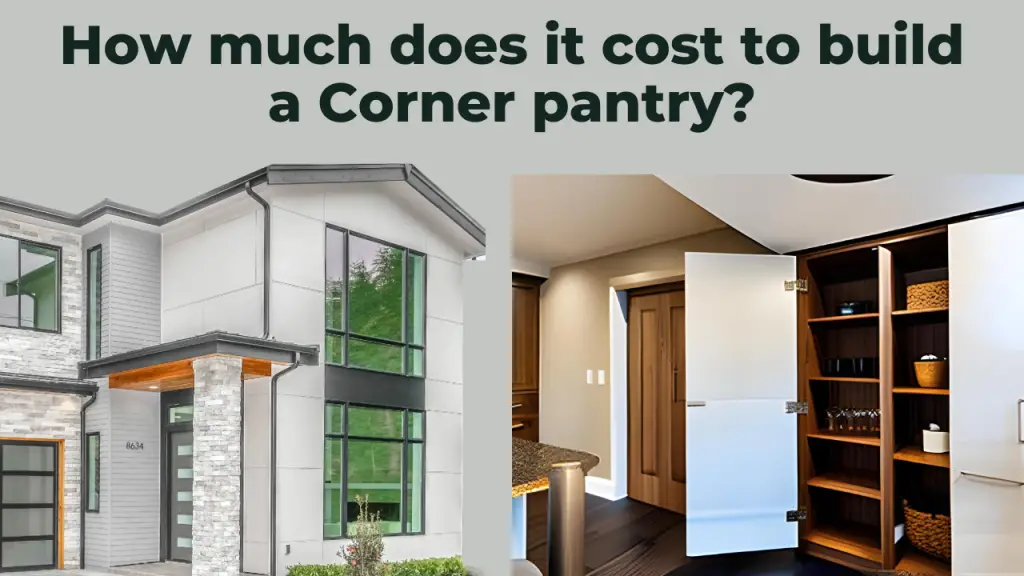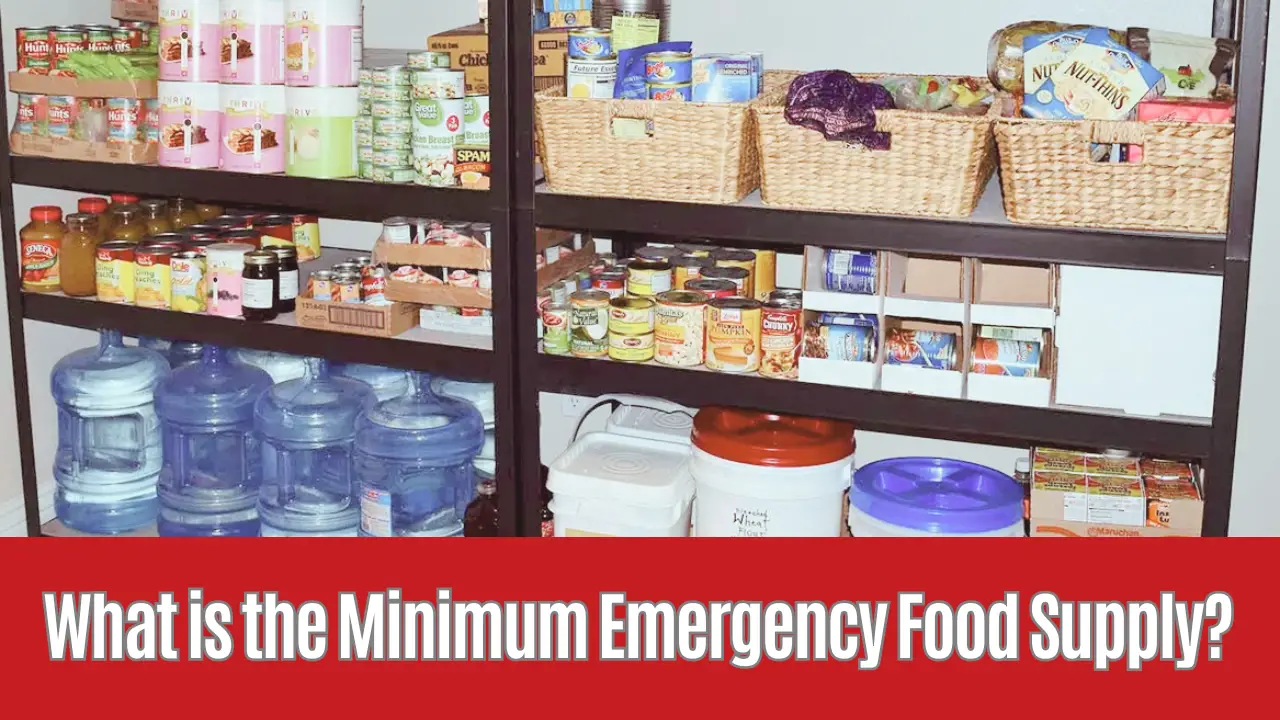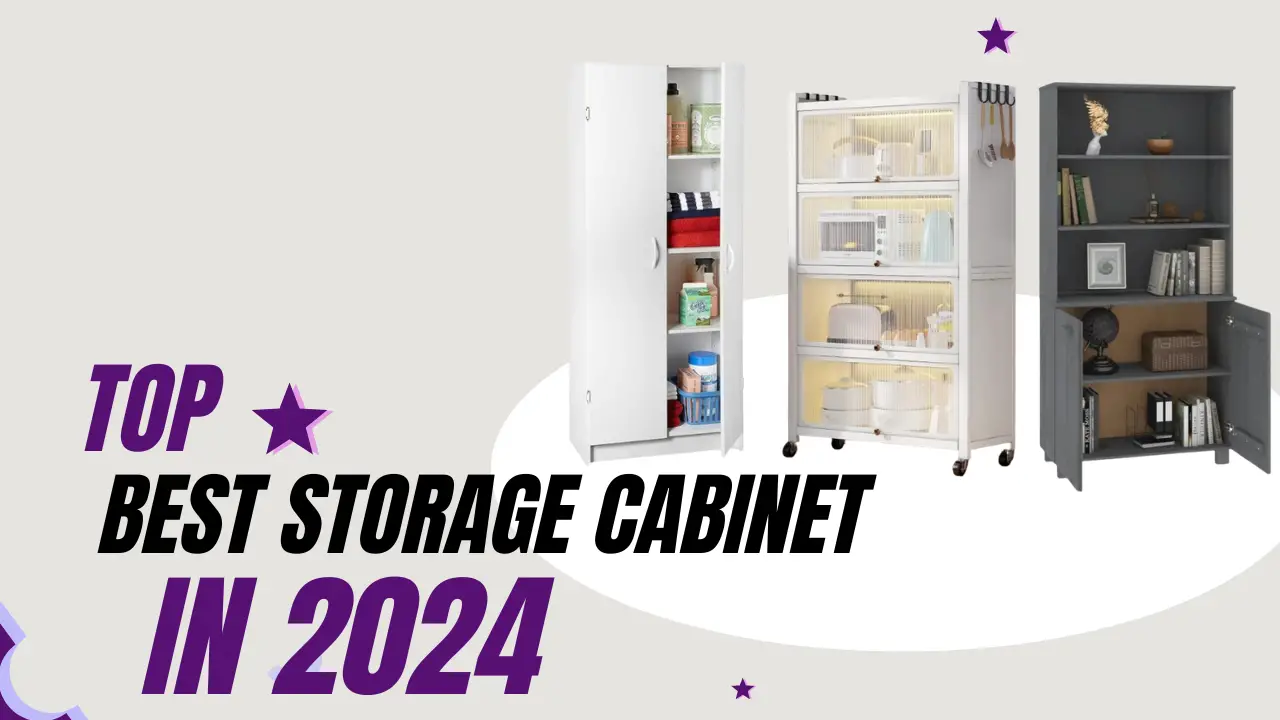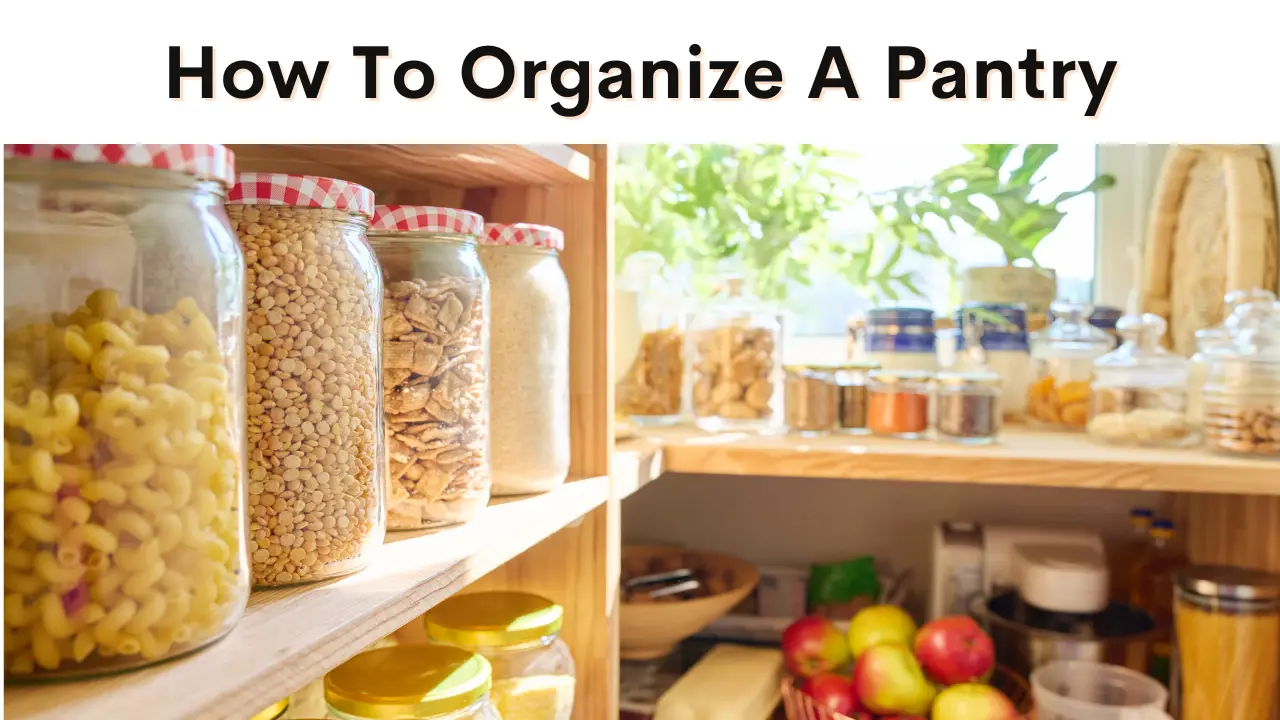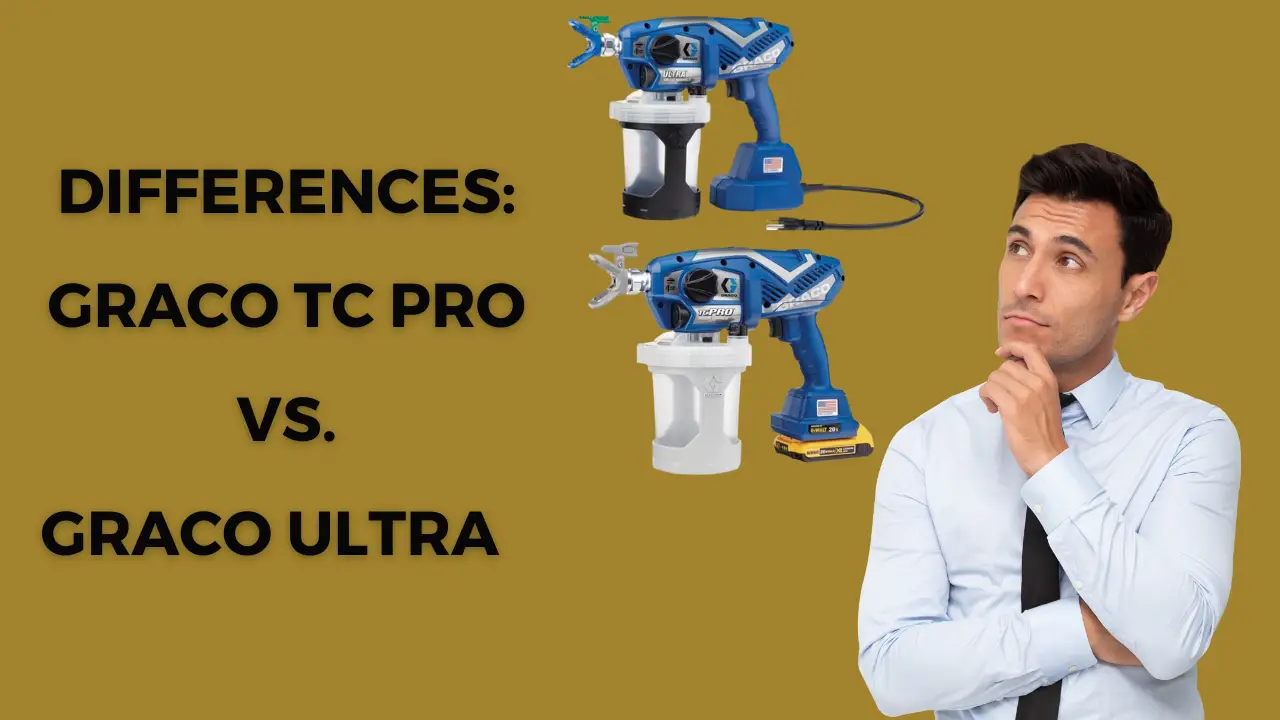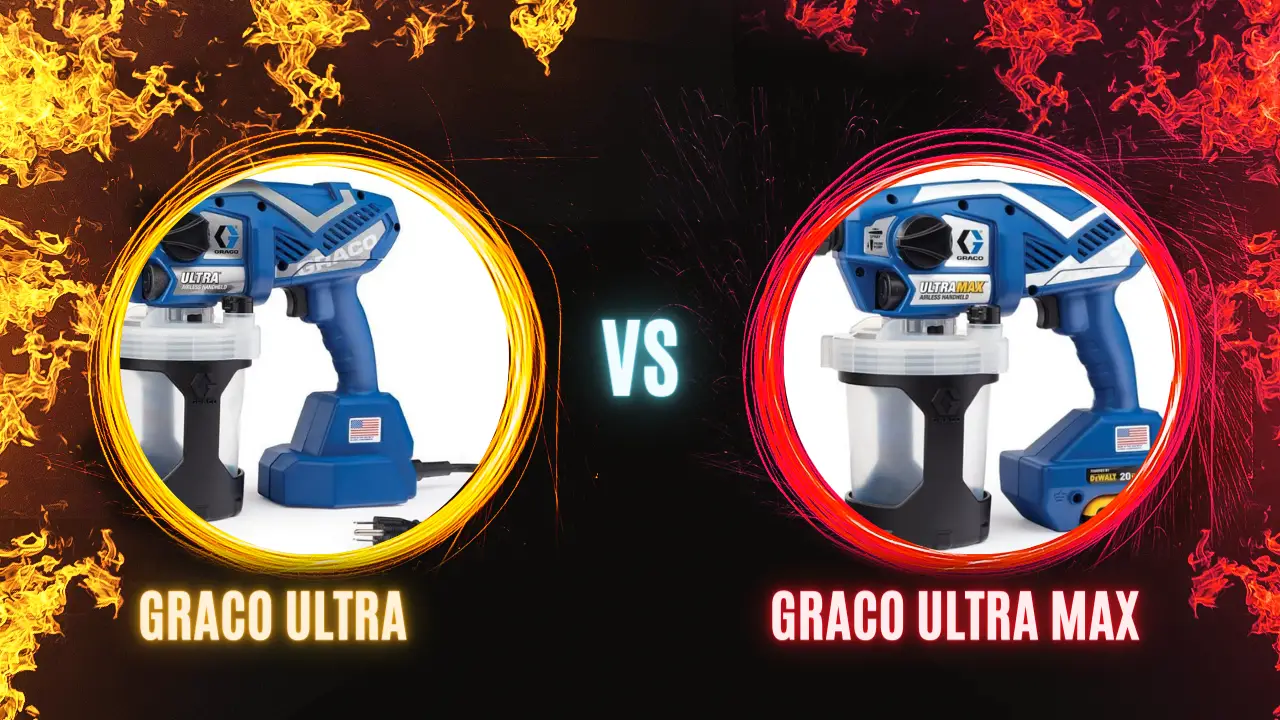Are you considering adding a corner pantry to your kitchen? It’s a great way to maximize storage space and keep your kitchen organized. But before you dive into this project, it’s important to have a clear understanding of the costs involved.
In this article, we will break down the factors that affect the cost of building a corner pantry, so you can set a realistic budget and make informed decisions.
How much does it cost to build a Corner pantry? The cost to build a corner pantry varies based on factors such as materials, size, and location. On average, the expenses range from $500 to $2,500 for a basic installation. However, custom or high-end options can exceed $5,000.
When it comes to the cost of building a corner pantry, there are several factors to consider. First and foremost, the size and design of your pantry will play a significant role in determining the overall cost. A larger pantry with custom features and intricate designs will require more materials and labor, which will naturally drive up the cost.
Additionally, the materials you choose for your pantry will also impact the price. Opting for high-quality materials, such as solid wood or custom cabinetry, will be more expensive than using basic materials. By considering these factors and getting quotes from multiple contractors, you can get a better idea of the cost and choose the best option for your budget and needs.
Key Takeaways
- Tools can be reused for future projects, despite adding to the initial cost.
- Labor fees for hiring a professional vary based on complexity and experience.
- Customization options allow for a pantry that suits your needs and style.
- Special features like pull-out shelves and built-in lighting enhance functionality.
Consider the Size and Design of Your Corner Pantry
When planning your dream kitchen, don’t forget to take into account the size and design of your snazzy new corner pantry! Choosing the right size and layout for your corner pantry is essential to maximizing storage space and functionality.
Consider the dimensions of your available corner space and think about how much storage you need for your pantry items. If you have a small kitchen, you may want to opt for a compact corner pantry that fits snugly into the space. Look for creative storage solutions, such as adjustable shelves, pull-out drawers, and door-mounted organizers, to make the most of every inch.
By carefully selecting the size and layout of your corner pantry, you can ensure that it meets your storage needs while seamlessly blending into your kitchen design.
Finding creative storage solutions for a small corner pantry is crucial to making the most of limited space. Utilize every nook and cranny by installing shelves that extend to the ceiling. This will provide additional storage for less frequently used items or bulk pantry goods. Consider using sliding or pull-out shelves to easily access items stored in the back of the pantry.
Door-mounted organizers such as spice racks or clear acrylic pockets can also help maximize storage without taking up valuable shelf space. Don’t forget to make use of the corners themselves by installing lazy susans or corner drawers to make items easily reachable.
With some careful planning and smart storage solutions, even a small corner pantry can be highly efficient and organized.
Choose the Right Materials for Your Corner Pantry
When choosing the right materials for your corner pantry, it’s important to explore different types of wood and their costs.
Oak, maple, and cherry are popular choices, but they can be more expensive.
If you’re looking for a more affordable option, consider laminate or melamine.
Explore different types of wood and their costs
To get an idea of how much does it cost to build a corner pantry, you can consider the various types of wood available and their associated prices for building a corner pantry. The type of wood you choose will greatly impact the overall cost of your project. Here are a few popular wood options, along with their pros and cons:
| Wood Type | Price Range | Pros | Cons |
|---|---|---|---|
| Pine | $2-$6 per linear foot | Affordable and easy to work with | Softwood is prone to dents and scratches |
| Oak | $5-$10 per linear foot | Durable, beautiful grain | More expensive than pine |
| Maple | $7–$15 per linear foot | Hardwood, resistant to warping | Higher price point |
| Cherry | $10-$20 per linear foot | Rich color, elegant appearance | It is expensive and can darken with age |
Each type of wood has its own unique qualities and price range, allowing you to choose the option that best fits your budget and aesthetic preferences. Keep in mind that these prices are approximate and may vary depending on your location and the specific supplier.
When considering the materials for your corner pantry, it’s also worth mentioning laminate and melamine options. Laminate is a synthetic material made by layering decorative paper on top of a composite wood base. It is affordable, easy to clean, and comes in a wide variety of colors and patterns. However, laminate is not as durable as real wood and can be prone to chipping and scratching over time.
Melamine, on the other hand, is a type of plastic coating that is applied to particleboard or MDF (medium-density fiberboard). It is known for its durability, moisture resistance, and affordability. However, melamine lacks the natural beauty and warmth of real wood. It is often used in more modern or minimalist designs.
Ultimately, the choice of wood or material for your corner pantry will depend on your budget, desired aesthetic, and the level of durability you require. Consider your options carefully to ensure you create a corner pantry that meets your needs and stands the test of time.
Consider laminate or melamine options for a more affordable choice
For a budget-friendly option that still offers a wide range of colors and patterns, consider the affordability and versatility of laminate or melamine materials. These cost-saving alternatives can be great choices when designing a corner pantry.
Here are the pros and cons of laminate vs. melamine materials:
- Laminate: Laminate is made by fusing multiple layers of resin-impregnated paper under high heat and pressure. It’s then bonded to a composite base. Some advantages of laminate include its durability, resistance to stains and scratches, and ability to mimic the look of real wood or other materials. However, it’s important to note that laminate can be more susceptible to moisture damage compared to melamine.
- Melamine: Melamine is a type of engineered wood that’s made by combining a thin layer of melamine resin with particleboard, or MDF (medium-density fiberboard). It’s known for its affordability and resistance to moisture, making it a suitable choice for kitchen cabinets and pantries. Melamine also comes in a variety of colors and finishes, allowing for a customized look. However, it may not be as durable as laminate and can chip or scratch more easily.
- Cost: When it comes to cost, both laminate and melamine are generally more affordable compared to solid wood or other materials. Laminate tends to be slightly cheaper than melamine, but the price can vary depending on the brand, quality, and design. It’s important to consider your budget and the overall aesthetic you want to achieve when choosing between these two options.
- Maintenance: In terms of maintenance, both laminate and melamine are relatively easy to clean. They can be wiped down with a damp cloth and mild soap, making them suitable for busy kitchens. However, it’s important to avoid using abrasive cleaners or scrubbing too hard, as this can damage the surface of the materials.
By considering the pros and cons of laminate and melamine materials, you can make an informed decision when choosing a cost-saving alternative for your corner pantry design. Whether you opt for the durability of laminate or the moisture resistance of melamine, both options offer a wide range of colors and patterns to suit your style and budget.
Factor in Additional Costs
When considering the costs of building a corner pantry, it’s important to factor in additional expenses such as installation and labor.
These costs can vary depending on the complexity of the project and the expertise required.
Additionally, if you’re looking to customize your corner pantry with special features or unique design elements, it’s essential to account for any additional expenses that may arise.
Include expenses for installation and labor
You’ll be pleasantly surprised by the affordable cost of building a corner pantry, including the expenses for installation and labor.
When considering the cost, it’s important to factor in the cost of pantry accessories such as shelves, bins, and organizers. These accessories can vary in price, but they are crucial for maximizing the functionality of your pantry.
Additionally, you have the option to either hire a professional for the installation or tackle it as a DIY project. Hiring a professional may come with an additional cost, but it ensures a seamless and efficient installation. On the other hand, if you’re handy and enjoy DIY projects, you can save some money by installing the corner pantry yourself.
In terms of installation and labor, there are a few expenses to consider. First, you may need to purchase tools and equipment if you don’t already have them. This can include items like a drill, screws, and a level. While these tools may add to the initial cost, they can be reused for future projects.
Secondly, if you decide to hire a professional, you’ll need to account for their labor fees. The cost of labor can vary depending on factors such as the complexity of the installation and the professional’s experience. It’s always a good idea to get multiple quotes from different professionals to ensure you’re getting a fair price.
By including these expenses for installation and labor in your budget, you can get a better understanding of the overall cost of building a corner pantry.
Account for any customization or special features
Now that you’ve considered the expenses for installation and labor, it’s important to account for any customization or special features you might want for your corner pantry.
Customization options allow you to create a pantry that perfectly suits your needs and style. You can choose the materials, finishes, and colors that match your kitchen decor, making it a seamless and attractive addition to your space. Additionally, you can customize the layout and organization of the shelves and drawers to maximize storage efficiency. This way, you can easily access and organize your food items, making your pantry a functional and practical part of your kitchen.
In addition to customization options, you might also want to consider adding special features to your corner pantry. These features can enhance the functionality and convenience of your pantry. For example, you could include pull-out shelves or rotating carousels that allow you to easily reach items stored in the back corners of the pantry. You could also add built-in lighting to illuminate the shelves and make it easier to find what you’re looking for.
Another special feature to consider is a built-in wine rack or a designated space for storing bottles or jars. These special features can not only make your corner pantry more efficient but also add a touch of luxury and sophistication to your kitchen.
Get Quotes from Multiple Contractors
When looking to build a corner pantry, it’s important to get quotes from multiple contractors. By researching and comparing prices from different contractors, you can ensure that you’re getting the best deal.
Additionally, it’s crucial to request detailed quotes that include all costs and materials. This way, you’ll have a clear understanding of what you’ll be paying for.
Research and compare prices from different contractors
To get a comprehensive understanding of the costs involved, it’s worth delving into researching and comparing prices from various contractors when building a corner pantry.
Begin by researching contractor prices in your area. Look for contractors who specialize in pantry construction and have experience with corner pantry designs. Take note of their rates and any additional fees they may charge, such as for materials or labor.
Once you have a list of potential contractors, reach out to them and request quotes for your corner pantry project. Provide them with as much detail as possible, including the dimensions and any specific features or materials you have in mind. Be sure to ask for a breakdown of the costs, so you can compare prices more accurately.
Consider not only the overall cost but also the quality of materials and workmanship offered by each contractor.
By thoroughly researching and comparing prices from different contractors, you can make an informed decision and find the best value for your corner pantry project.
Request detailed quotes that include all costs and materials
Get excited about your dream corner pantry by requesting detailed quotes that include all the necessary materials and costs. When it comes to comparing the prices of different materials for corner pantries, it’s important to consider the pros and cons of each option.
For example, wood may be more expensive upfront, but it’s durable and can add a touch of elegance to your pantry. On the other hand, laminate may be a more budget-friendly choice, but it may not have the same level of durability.
By requesting detailed quotes, you can compare the prices of different materials and choose the one that best fits your budget and design preferences.
In addition to materials, there are also factors to consider when choosing the size and design of your corner pantry. Think about how much storage space you need and what items you plan to store in your pantry. This will help determine the size and layout that will work best for you.
Additionally, consider the design elements that will complement the overall style of your kitchen. Whether you prefer a traditional or modern look, there are various design options available for corner pantries.
By requesting detailed quotes, you can get a clear idea of the costs involved and make an informed decision that will bring your dream corner pantry to life.
Set a Realistic Budget for Your Corner Pantry Project
When setting a realistic budget for your corner pantry project, it’s important to determine your spending limit and stick to it. This will help you avoid overspending and ensure that you stay within your financial means.
Additionally, it’s crucial to prioritize your needs and be willing to make compromises if necessary. This will allow you to focus on the essential aspects of your project while still achieving the desired results.
Determine your spending limit and stick to it
Establishing a realistic budget and adhering to it is crucial when considering the overall expense of constructing a corner pantry. To ensure you stick to your budget, here are some tips to keep in mind:
- Evaluate your finances: Take a close look at your financial situation and determine how much you can comfortably allocate towards your corner pantry project. Consider your income, savings, and any other financial obligations you may have.
- Research and compare prices: Before making any purchases, do thorough research to find affordable alternatives. Look for different suppliers and compare prices to get the best deal. Don’t be afraid to negotiate or ask for discounts if possible.
- Prioritize essential features: Make a list of must-have features for your corner pantry and focus your budget on those. Avoid unnecessary expenses by cutting back on non-essential elements or opting for cost-effective alternatives.
- Plan for unexpected costs: It’s important to factor in unexpected expenses that may arise during the construction process. Set aside a contingency fund to cover any unforeseen costs, such as repairs or modifications.
By sticking to your budget and finding affordable alternatives, you can ensure that your corner pantry project remains within your financial means while still achieving your desired outcome.
Prioritize your needs and make compromises if necessary
Focus on what’s most important to you and be willing to make compromises if necessary to create a functional and visually appealing storage space for your kitchen.
When designing your corner pantry, it’s crucial to prioritize your needs. Consider what items you frequently use and need easy access to, and ensure that your pantry design accommodates them. For example, if you have a lot of canned goods, prioritize shelves that can hold them securely. On the other hand, if you have a collection of taller items, such as cereal boxes or kitchen appliances, make sure the pantry has enough height to accommodate them.
By focusing on your specific needs, you can create a pantry that’s tailored to your lifestyle.
In addition, be prepared to compromise on the design aspects of your corner pantry. While it’s important to create a visually appealing storage space, it’s equally important to consider functionality and cost. You may need to make compromises in terms of materials, finishes, or decorative elements to stay within your budget. For example, instead of opting for expensive custom cabinetry, you could consider using pre-fabricated shelves or repurposing existing furniture.
By being open to compromises, you can strike a balance between aesthetics and affordability, ultimately creating a corner pantry that meets your needs without breaking the bank.
Conclusion
In conclusion, how much does it cost to build a corner pantry? Building a corner pantry can be a worthwhile investment for your home. By considering the size and design of your pantry and choosing the right materials, you can ensure that your project is successful. Additionally, factoring in additional costs is important. Getting quotes from multiple contractors will help you find the best price and quality for your pantry construction. It’s important to set a realistic budget for your project and stick to it, as this will help you stay on track and avoid any unexpected expenses.
Overall, building a corner pantry can provide you with valuable storage space and enhance the functionality and aesthetics of your kitchen. With careful planning and budgeting, you can create a corner pantry that suits your needs and adds value to your home. So, go ahead and start planning your corner pantry project today!
